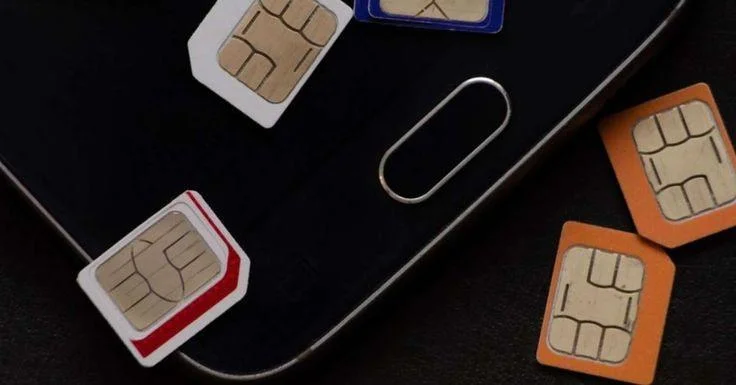CNIC SIM verification is a vital safeguard in today’s connected environment. By auditing how many SIM cards are registered against your Computerized National Identity Card, you can detect misuse early, block illegitimate lines, and protect your digital footprint. This guide explains what a SIM check on CNIC means, why it matters, the legal framework in Pakistan, the common verification methods, and best practices to keep your information secure. Use it to stay informed, take prompt action on anomalies, and maintain control over your identity.
Understanding SIM Check on CNIC
A SIM check on CNIC refers to querying official records to see exactly how many active or inactive mobile connections are linked to your ID. It verifies legitimate ownership, reveals discrepancies, and flags unexpected registrations that could indicate fraud, impersonation, or data leakage. The outcome helps you confirm that the SIM inventory under your name matches your actual usage.
Importance of SIM Check on CNIC
Regular verification strengthens account security, reduces exposure to scams, and keeps your mobile footprint accurate. It lets you validate each registered line, identify unauthorized SIMs, and shut down suspicious numbers before they’re abused for criminal activity. Monitoring counts over time also helps spot anomalies, such as unexpected increases after a lost wallet, compromised documents, or a recent porting request.
Legal Framework and Regulations
In Pakistan, SIM lifecycle management follows directives from the Pakistan Telecommunication Authority, which mandates biometric verification, accurate customer records, and strict activation procedures. These rules target SIM cloning, grey market sales, identity theft, and misuse. Knowing the compliance landscape helps you understand your rights and obligations and guides correct escalation if you discover irregularities.
Methods of Performing SIM Check on CNIC
There are two primary channels to review SIM associations linked to your CNIC.
Online Verification
Official online portals allow you to enter your CNIC and receive a consolidated report listing the number of SIMs mapped to your identity, often organized by operator. Results are delivered quickly and can be accessed anytime, making this approach convenient for periodic checks and record keeping. Always use trusted government or regulator websites, confirm SSL protection, and avoid third party forms requesting extra personal details.
SMS Verification
Telecom operators support SMS codes that, when sent with your CNIC, return a summary of SIMs registered to your name. This method is simple, works without internet, and is practical when you are on the move. Be mindful of standard messaging charges and verify the official short code through your operator or the regulator before sending any personal information.
Best Practices for SIM Check on CNIC
Regular Monitoring
Schedule routine reviews to keep your records current and to catch suspicious changes early. Frequent checks help you respond promptly if an unknown SIM appears, a number remains active after cancellation, or a port request occurs unexpectedly.
Immediate Action on Anomalies
If you find discrepancies, contact your operator and the Pakistan Telecommunication Authority immediately, document confirmation numbers, and request removal of unauthorized lines. Follow up until the records reflect the correction, update your passwords, and consider enabling extra alerts such as SIM change notifications.
FAQs (Frequently Asked Questions)
How can I perform a SIM check on my CNIC?
You can use official online portals run by authorities or the SMS services offered by your mobile operator to retrieve a current list of SIMs linked to your ID.
Is it important to perform regular SIM checks on my CNIC?
Yes, routine checks are essential for protecting personal data, spotting unauthorized registrations early, and preserving the integrity of your mobile accounts.
What should I do if I find unauthorized SIM registrations?
Report the issue to your operator and the regulator immediately, request deactivation of the suspicious lines, and keep records of all replies and case numbers.
Can I perform a SIM check on someone else’s CNIC?
No, for privacy and legal reasons you may only inquire about SIMs associated with your own CNIC.
Are there any charges associated with a SIM check on CNIC?
Regulatory web portals generally provide free lookups, while SMS requests may be billed at standard messaging rates according to your operator’s tariff.
How often should I perform a SIM check?
Run a check periodically, and especially after events like a lost ID, phone theft, or a known data breach, to ensure your records remain accurate.
Conclusion
Mastering CNIC SIM checks helps you secure identity data, prevent misuse, and act when anomalies arise. Apply trusted methods, review results regularly, and escalate issues to maintain privacy, compliance, and control across your ecosystem.


 SIM OWNER DETAILS
SIM OWNER DETAILS